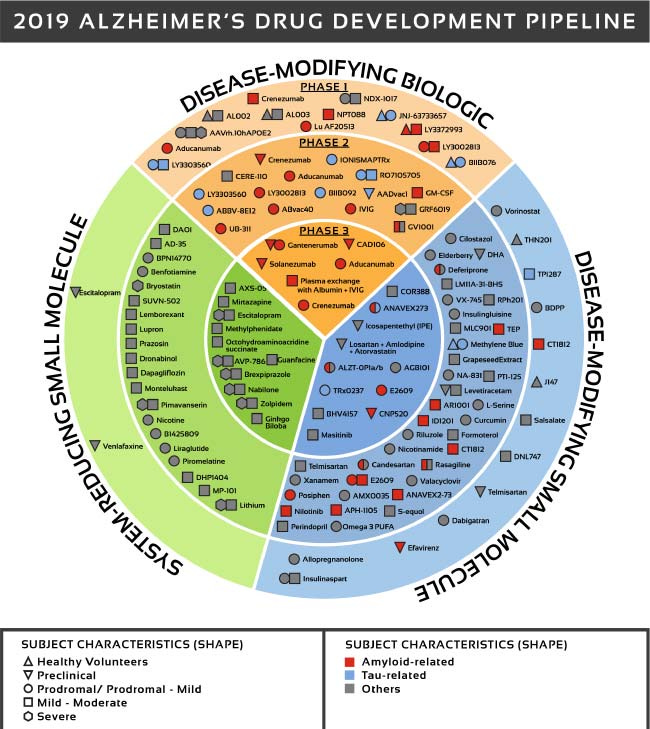Imagine you’re a doctor in the year 1650. You notice that your patients sometimes get violent diarrhea while they’re under your care, which makes them very sick. Sometimes they die. You’d like to stop this. You need to figure out what’s causing them to get violent diarrhea, and then prevent that cause. How do you do so?

Well, you first have to start with the correct theory.
If you’re a traditional Galenist, you might start with a humoral theory of disease, in which you think that diseases are caused by an imbalance of humors, or vital fluids in the body. The way to prevent or treat diarrhea is to ensure a proper balance of vital fluids, which was accomplished by removing fluids (e.g. by bleeding).
I’m not sure at what point you’d realize that the humoral theory wasn’t working. Presumably over the long run you’d realize that your treatments are either not affecting or even worsening the percentage of patients who get diarrhea, but in the short term this would depend a lot on your patient population.
If you like posts on biology and occasionally other stuff sent out every-once-in-a-while, subscribe!✓
Given that you have 4 different fluids that you could remove and many possible methods of removing them, it’d be difficult to realize that it wasn’t just your method of fluid removal that was flawed, but the entire theory of humoral removal. This would be especially true if you happen to randomly have a couple patients who recover from diarrhea while you’re experimenting with humoral removal on them.
If you believed in the miasmatic theory of disease, on the other hand, you’d believe that infectious diseases are caused by poisonous vapors, or miasmas, identifiable by their bad smell. In this theory, poisonous vapors emanate from decaying matter.
If you had wealthy patients, you might instruct them to move away from any stagnant air or bad smell. Coincidentally, this might remove them from an actual source of infectious diarrhea, so I think it’d be easy to accidentally prevent or cure diarrhea through this method. It’d be easy to be led astray by this theory.
However, perhaps by some chance you would be a particularly well-read Galenist, and you would be familiar with his work On the Different Types of Fever, in which he speculates that plagues are caused by “seeds of plague”. You could extrapolate that perhaps diarrhea can also be caused by “seeds of plague”, and that somehow, your patients are ingesting seeds of plague that give them diarrhea. This would be pretty close to a correct understanding of infectious diarrhea.

It’d be difficult and unethical to test this theory in people. However, if you also happened to be a well-resourced physician, you could presumably do some sort of experiment where you take a dog or rat that’s suffering from infectious diarrhea, then infect other dogs or rats using an oral solution of its excrement, thereby “spreading the seed” of infectious diarrhea. If you kept the dogs or rats in a well-ventilated area, you could simultaneously falsify the idea of “miasma” causing infectious diarrhea.
You’d have to make sure it was the seeds themselves that were causing the diarrhea, and not mere stomach upset. So you’d probably want to run a subsequent experiment where you mix the excrement in water, then boil it to kill the seed, and see if the dogs or rats still get diarrhea when they receive the oral solution.
If you could assume the boiling killed the seed, you’d be able to prove that the seeds of infection caused the diarrhea in the dog or rat, and then you’d be able to extrapolate this cause of infectious diarrhea to humans.
If you were particularly farsighted, you might be able to extrapolate to the importance of boiling water and washing hands in general as a means for preventing diarrhea. You’d have to make the jump to the idea that water that looks clear or hands that look clean can still harbor these seeds of diarrhea (i.e. that they can be too small to see).
However, it’d be difficult to make the jump to the importance of using soap or alcohol to clean hands or surfaces, except for surfaces that remain visibly dirty after using water. There’s no obvious reason to believe that visibly clean surfaces can be further cleaned by using soap.

But I think that’s where your understanding of the causes and prevention of diarrhea would have to end. I don’t think it’d be possible to go any further, like somehow coming up with antibiotics.
Alexander Fleming famously came up with penicillin after showing the mold from penicillium killed part of a bacterial culture, but it’d be difficult to grow a bacterial culture as a physician in the 17th century. You’d need the materials, the ability to keep the culture sterile (which is begging the question without germ theory), and, most importantly, the connection between the bacterial culture and the seeds of infection.
I certainly don’t think you could get all the way to Koch’s famous postulates, his four criteria for establishing that a given microorganism causes a disease. These are, in case you’ve forgotten from biology class, that
- The microorganism must be found in abundance in all organisms suffering from the disease, but should not be found in healthy organisms.
- The microorganism must be isolated from a diseased organism and grown in pure culture.
- The cultured microorganism should cause disease when introduced into a healthy organism.
- The microorganism must be reisolated from the inoculated, diseased experimental host and identified as being identical to the original specific causative agent.
Without a microscope or culture, postulates 1, 2, and 4 are literally impossible to establish, no matter how clever you are. There needed to be fundamental advances in glassworking and chemistry in order to make the necessary advances in germ theory.
These things are clear in hindsight, but would have been very difficult to tell at the time. It would have been possible to tell that you were lacking some understanding of how exactly infectious diarrhea worked.
However, to know that a device for seeing impossibly small creatures and a material that was capable of sustaining their growth was what was necessary to establish that understanding would not be obvious. These advances in technology were necessary for establishing a correct theory of infectious diarrhea, as this thought experiment shows.
***
Imagine you’re a neurologist in the year 2022. You notice that your patients sometimes get Alzheimer’s while they’re under your care. You’d like to stop this. You need to figure out what’s causing them to get Alzheimer’s, and then prevent that cause. How do you do so?
Well, first you’d have to start with the correct theory. If you’re a believer in the misfolded protein theory of Alzheimer’s, you’d likely believe that Alzheimer’s is caused by amyloid beta plaques. The way to prevent or treat Alzheimer’s would then be to remove the plaques or stop them from forming.
I’m not sure at what point you’d realize the misfolded protein theory wasn’t working. Presumably, after several high profile failures of treatments specifically designed to remove amyloid plaques, you’d start to realize that the removal of amyloid plaques doesn’t result in improval of dementia or extension of lifespan. However, it might be difficult to realize that the issue isn’t with the precision or safety of the amyloid plaque treatment, but with the entire idea of the treatment itself.

If you believed in the mitochondrial dysfunction theory of Alzheimer’s, on the other hand, you’d believe that Alzheimer’s is caused by malfunctioning mitochondria. In this theory, the overproduction of reactive oxygen species by malfunctioning or senescent mitochondria causes damage to neurons. The lack of effective treatments to rescue or repair mitochondria would make this a particularly difficult theory to falsify.
However, perhaps by some chance you’d be a particularly clever neurologist, and you’d actually be familiar with the correct theory of Alzheimer’s, […]. You’d extrapolate that […], and that somehow […]. This would be pretty close to a correct understanding of Alzheimer’s.
It’d be difficult to test this theory in people, given that you wouldn’t have access to treatments that could take advantage of this mechanism. However, perhaps you could come up with an experiment that took advantage of a similar mechanism in rats or dogs. In this experiment, you’d […]. You’d then have to extrapolate these results to humans. This would be difficult, as the often decades long neurodegeneration of humans isn’t all that similar to what happens in rats or dogs in this experiment.
But I think that’s where your understanding of the causes and prevention of Alzheimer’s would have to end. I don’t think it’d be possible to go any further, like somehow coming up with the most effective treatment for Alzheimer’s, […]. The discoverer of […] was only able to come up with it because he had the ability to see the real-time interactions and degeneration of neurons in human brains. This allowed him to test treatments in a way that made the crude model animal experiments of yesteryear quaint and outdated.
The fact that […] is the cause of Alzheimer’s seems clear in hindsight. However, it’s important to note that the theory was not developed in isolation from tools and experimentation. It was the advances in the ability to “see” neurodegeneration in real-time that enabled this important medical discovery. Without it, this discovery would have been impossible, as this thought experiment shows.